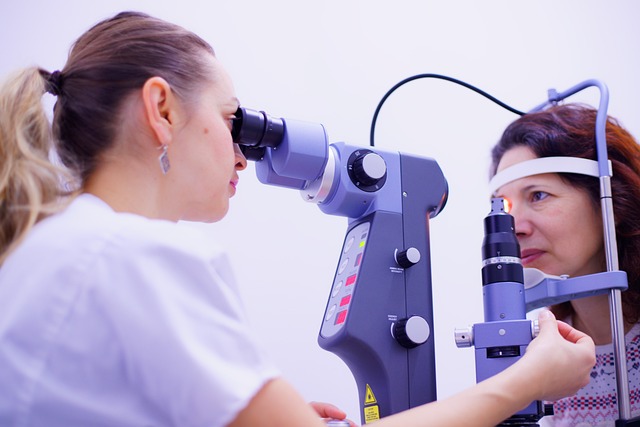Key points How accurate is the performance of various optical coherence tomography (OCT) parameters in detecting glaucoma in highly myopic eyes? Findings In this cross-sectional study that included 132 patients with high myopia, the thickness of the inner plexiform layer of the inferotemporal macular ganglion cells produced the greatest diagnostic utility. The diagnostic performance of the University of North Carolina OCT index was not as reported in previous studies with patients without high myopia; Combining the temporal raphe sign with unique OCT parameters can further improve diagnostic performance. Meaning The findings of this trial suggest that caution should be used when applying the University of North Carolina Optical Coherence Tomography (OCT) Index for the diagnosis of glaucoma in patients with high myopia. |
Importance
Diagnosing glaucoma in highly myopic eyes is challenging. This study compared the glaucoma detection utility of various optical coherence tomography (OCT) parameters for high myopia.
Aim
To compare the diagnostic accuracy of single optical coherence tomography (OCT) parameters, the University of North Carolina (UNC) OCT index, and the temporal raphe sign for discrimination of glaucoma in patients with high myopia.
Design, scope and participants
This was a retrospective cross-sectional study conducted between January 1, 2014 and January 1, 2022. Participants with high myopia (axial length ≥26.0 mm or spherical equivalent ≤−6 diopters) plus glaucoma and participants with high myopia without glaucoma were recruited from a single tertiary hospital in South Korea.
Exhibitions
The thickness of the macular ganglion cell inner plexiform layer (GCIPL), the thickness of the peripapillary retinal nerve fiber layer (RNFL), and the optic nerve head (ONH) were measured in each participant.
UNC OCT scores and temporal raphe sign were checked to compare diagnostic utility. Decision tree analyzes with single OCT parameters, UNC optic nerve head (ONH) index, and temporal raphe sign were also applied.
High myopia is considered when the degree of the refractive error is greater than six or eight diopters and is caused by excessive growth in the size of the eye.
Main result and measures
Area under the receiver operating characteristic curve (AUROC).
Results
A total of 132 people with high myopia and glaucoma (mean [SD] age, 50.0 [11.7] years; 78 men [59.1%]) along with 142 people with high myopia without glaucoma (mean [SD] age ], 50.0 [11.3] ] years; 79 women [55.6%]) were included in the study.
The AUROC of the UNC OCT index was 0.891 (95% CI, 0.848-0.925). The AUROC of temporal raphe sign positivity was 0.922 (95% CI, 0.883-0.950).
The best single OCT parameter was inferotemporal GCIPL thickness (AUROC, 0.951; 95% CI, 0.918-0.973), and its AUROC difference with UNC OCT index, temporal raphe sign, mean RNFL thickness, and ONH border area was 0.060 (95% CI, 0.016-0.103, p = 0.007); 0.029 (95% CI, −0.009 to 0.068; P = 0.13), 0.022 (95% CI, −0.012-0.055; P = 0.21), and 0.075 (95% CI, 0.031-0.118; P < 0.001) , respectively.
Conclusions and relevance The results of this cross-sectional study suggest that when discriminating glaucomatous eyes in patients with high myopia, inferotemporal GCIPL thickness produced the highest AUROC value. RNFL thickness and GCIPL thickness parameters may play a more important role in glaucoma diagnosis than optic nerve head (ONH) parameters in high myopia. |
















